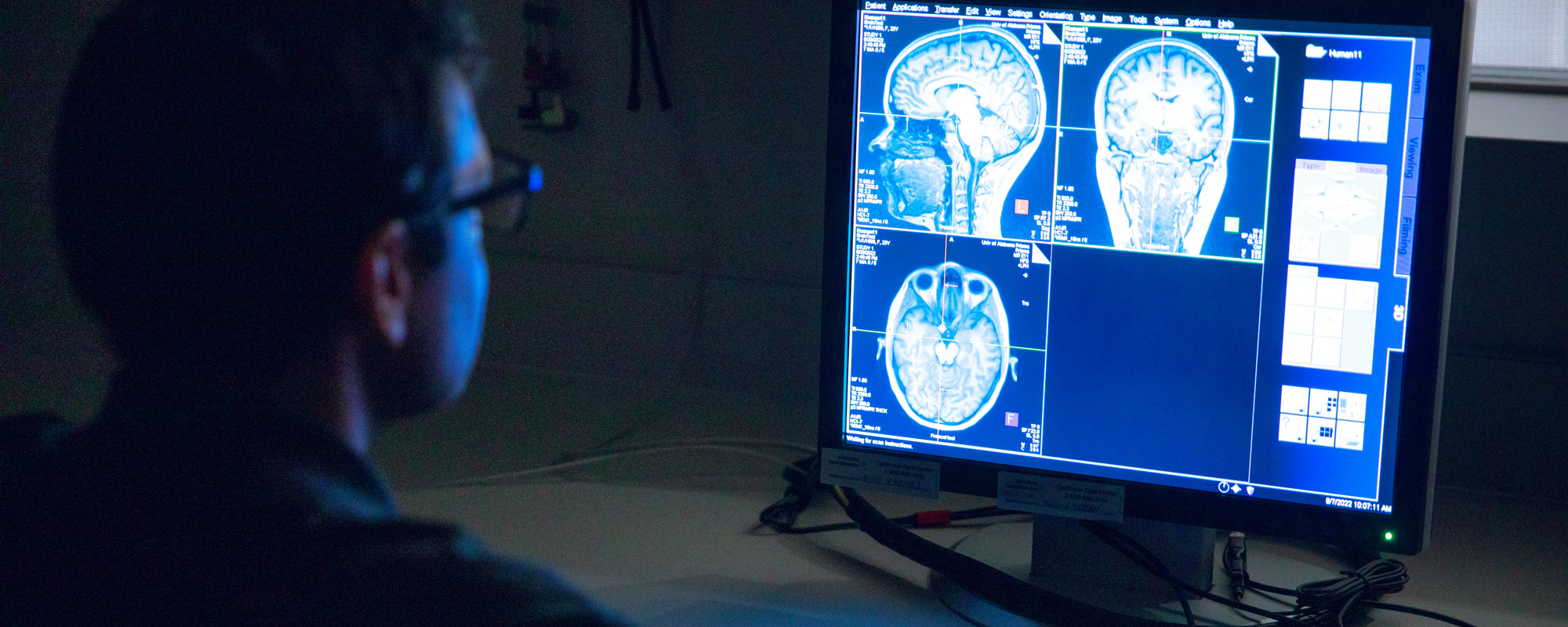The MRI Research Facility is the centerpiece of UA’s growing focus on neuroscience research, allowing for the examination of the human brain and its development.
The facility has about 9,700 square feet of space comprising two MRI bays along with research, training, and administrative offices.
The facility is designed with space for behavioral data collection including biospecimen collection and processing, electroencephalography data collection and an MRI simulator.
The Alabama Life Research Institute oversees the facility.

Directions to MRI Research Facility
850 Peter Bryce Blvd.
Tuscaloosa, AL 35401
